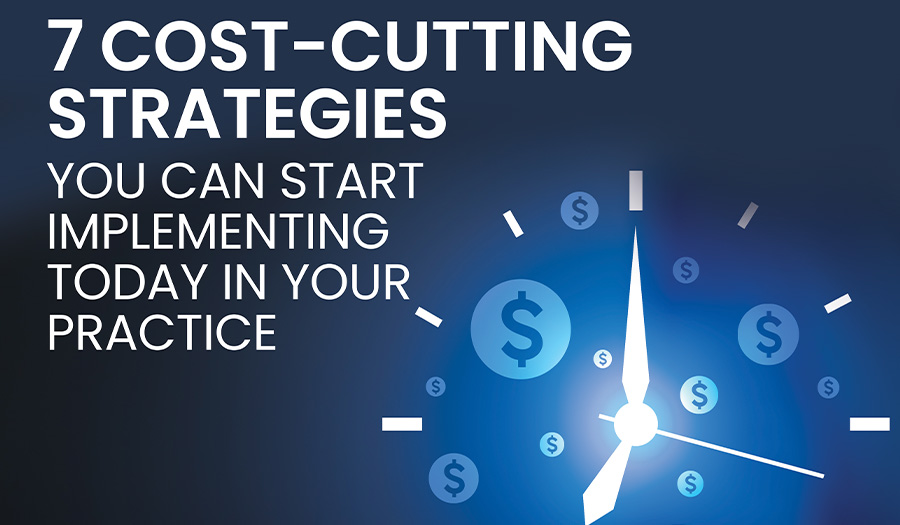Losing Crowns Means Losing Patients – A Cementation Solution You Can Count On
Statistics indicate that the average dental office in the United States performs thirty crown preparations per month. Considering that most offices...
3 min read
_ : 04/93/2025

1. Streamline Administrative Processes for Maximum Efficiency
2. Optimize Staff Utilization Without Overworking Your Team
3. Reduce Overhead Costs Without Cutting Corners
4. Manage Inventory and Supply Costs Wisely
5. Utilize Technology to Improve Efficiency and Reduce Costs
6. Monitor Key Financial Metrics for Smarter Decision-Making
7. Increase Profitability Without Raising Fees
Final Thoughts
Works Cited

Statistics indicate that the average dental office in the United States performs thirty crown preparations per month. Considering that most offices...

VOCO is thrilled to introduce a podcast that's a must-listen for every dental hygienist seeking to enhance their professional knowledge while being...
Fluoride varnish has long been a mainstay in preventive dentistry. It’s a professionally applied, high-fluoride coating that adheres to tooth...